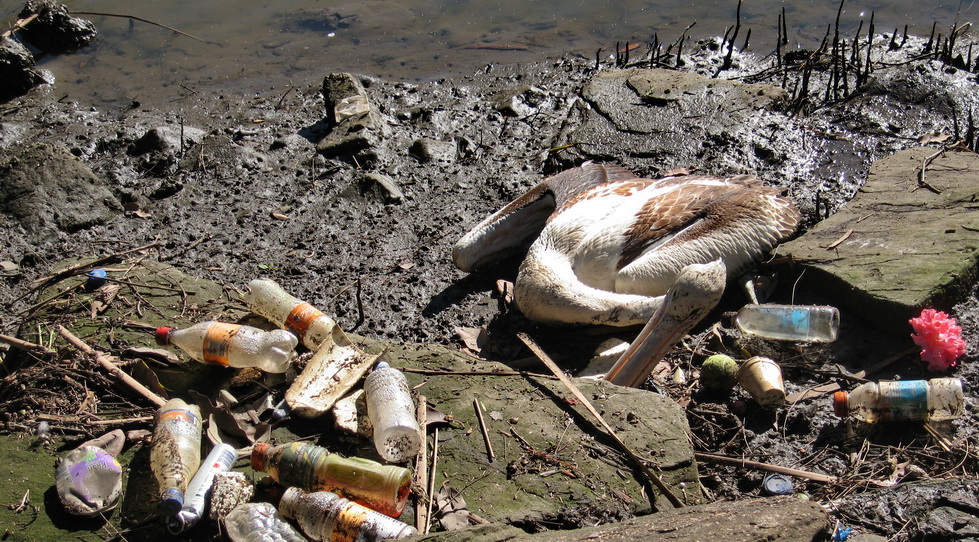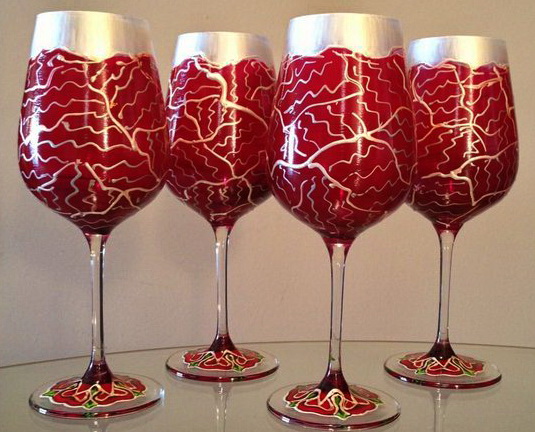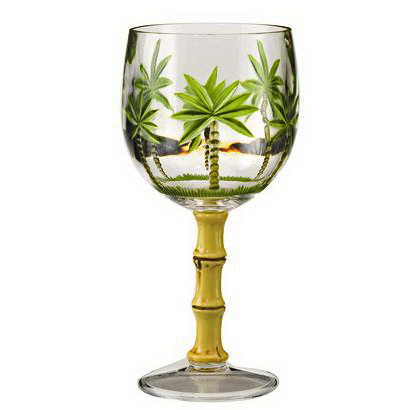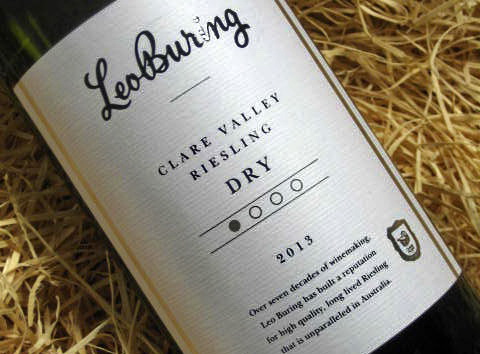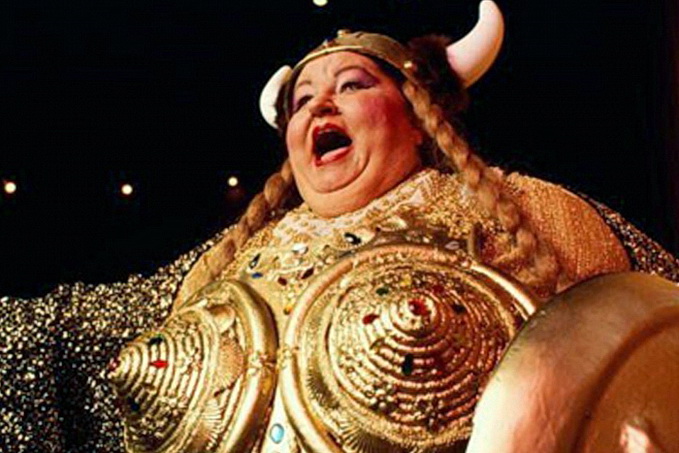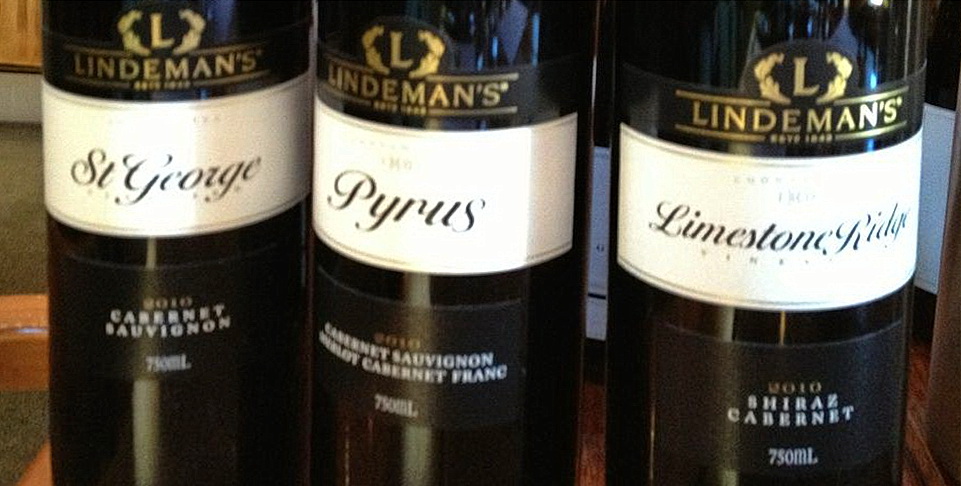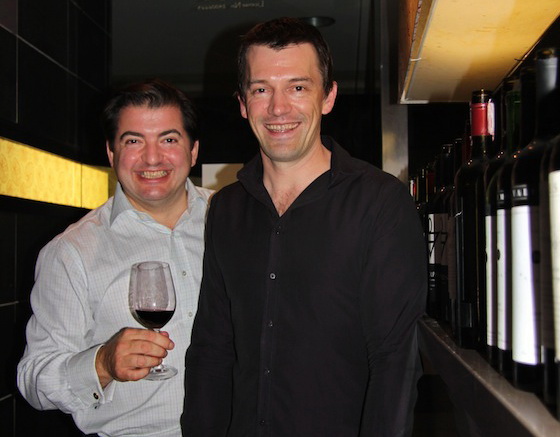PLUS CA CHANGE
‘Is it a conscious decision by some wine writers to give over-inflated scores? In some cases I believe that it is. Their peers may laugh at them, but why should they care? The people who make and sell wine will be eternally grateful, especially in the current economic climate, when expensive wine is difficult to shift. Consumers want guidance, which is why high scores sell bottles. It’s only a guess, but I think we are going to see a lot more 100 pointers in the future. Whether the wines truly deserve it is another matter.’ Tim Atkin MW
My friend Jeffrey sent me an email this week about a wine dinner he enjoyed at the new Rockpool in Sydney, which he says looks and feels like a funeral parlour. One of the wines served by the importers who hosted the dinner was a 2010 Pontet-Canet, a fifth growth from Pauillac that has been improved dramatically since Alfred Tesseron took over in 1997.
Now this is way out of BWU$20 territory, but Pontet-Canet 2010 gets 100 points from Robert Parker, and it’s half the price of the 100 point Grange 2008 which got the same perfect score from the Parker camp. A genuine bargain, clearly. I mean we’re in rarified territory here, among greats like Château Latour, Le Pin, Cheval Blanc and Petrus who also got perfect scores, and well ahead of Lafite, La Mission Haut-Brion, Ausone and Mouton Rothschild on 98 points. P-C 2009 also scored 100.

